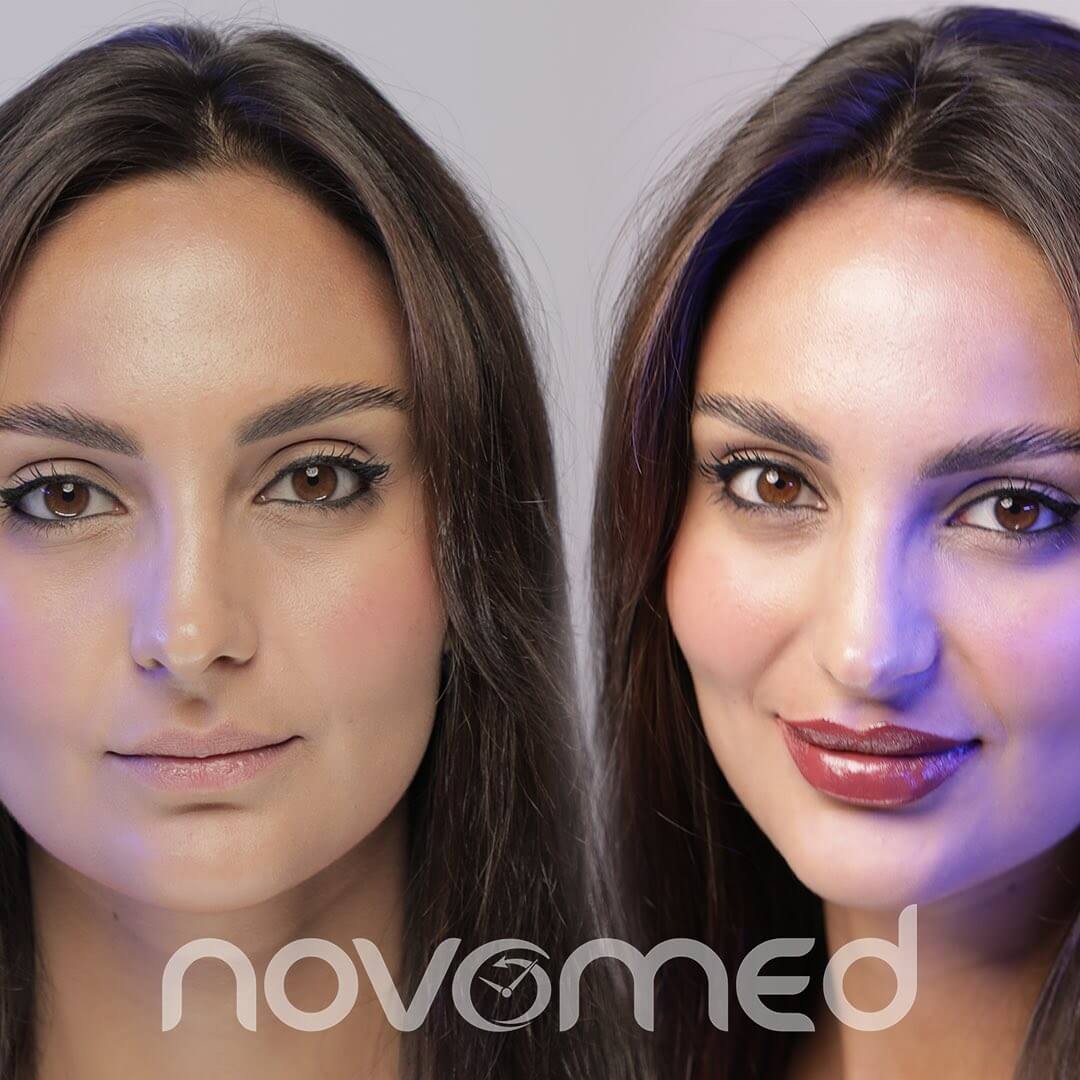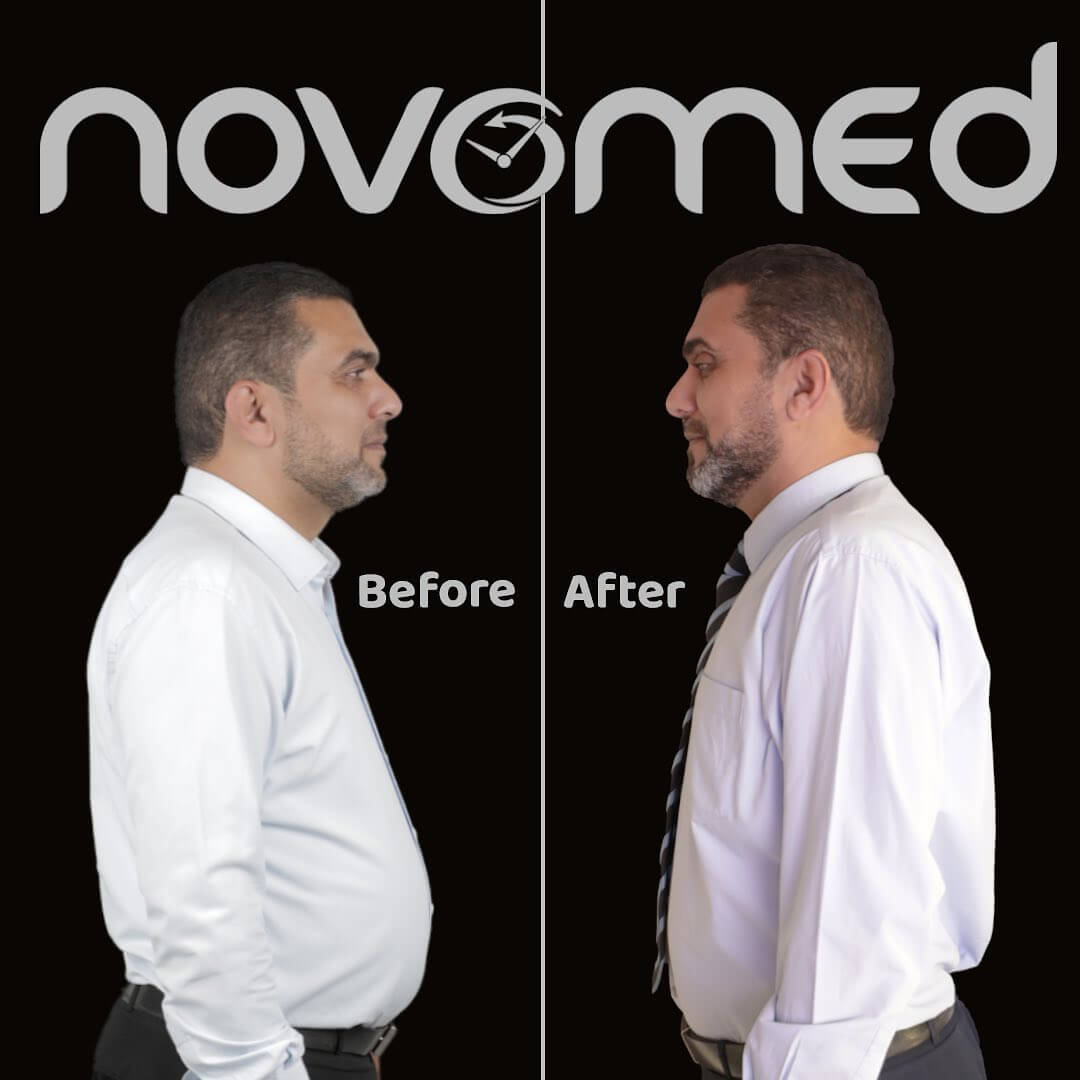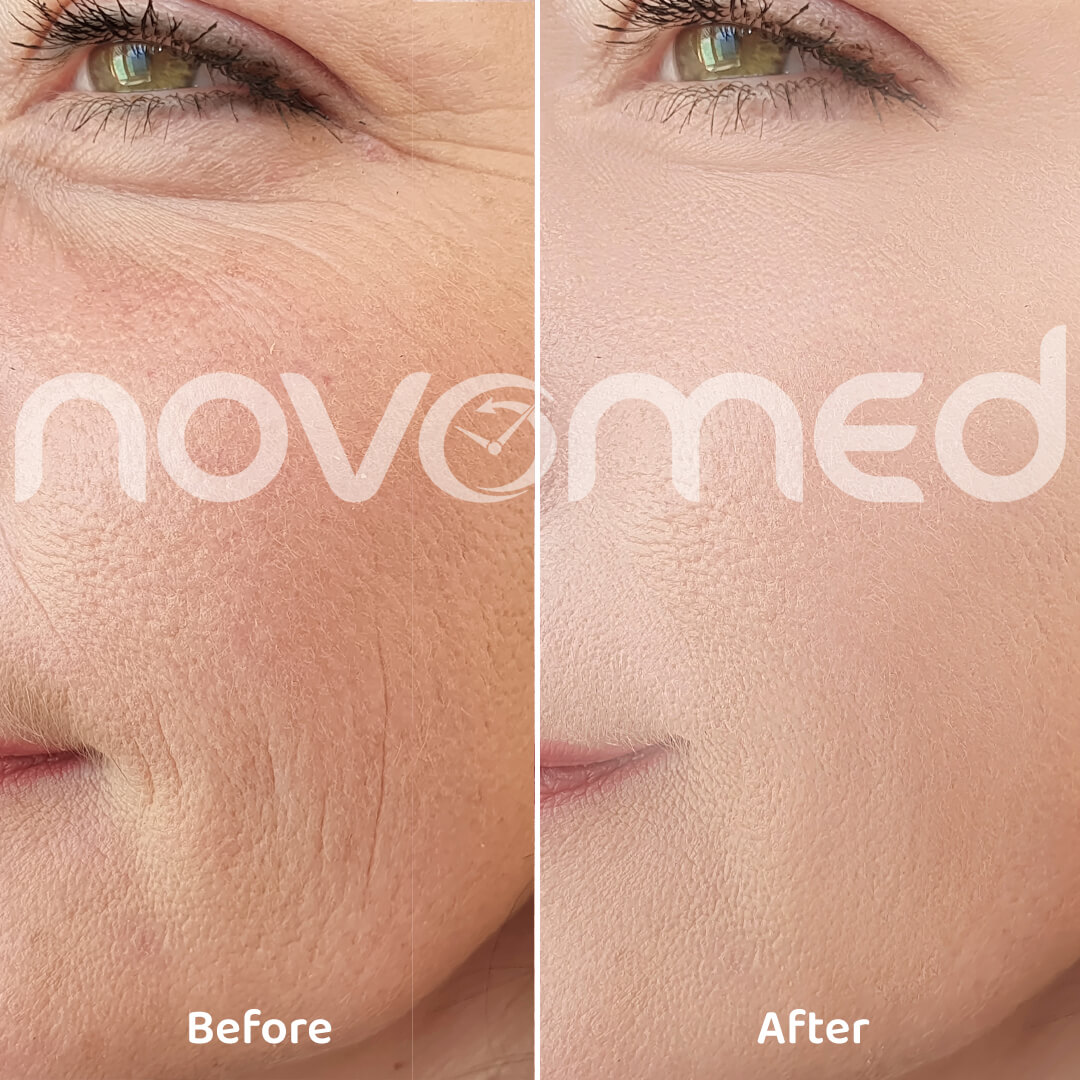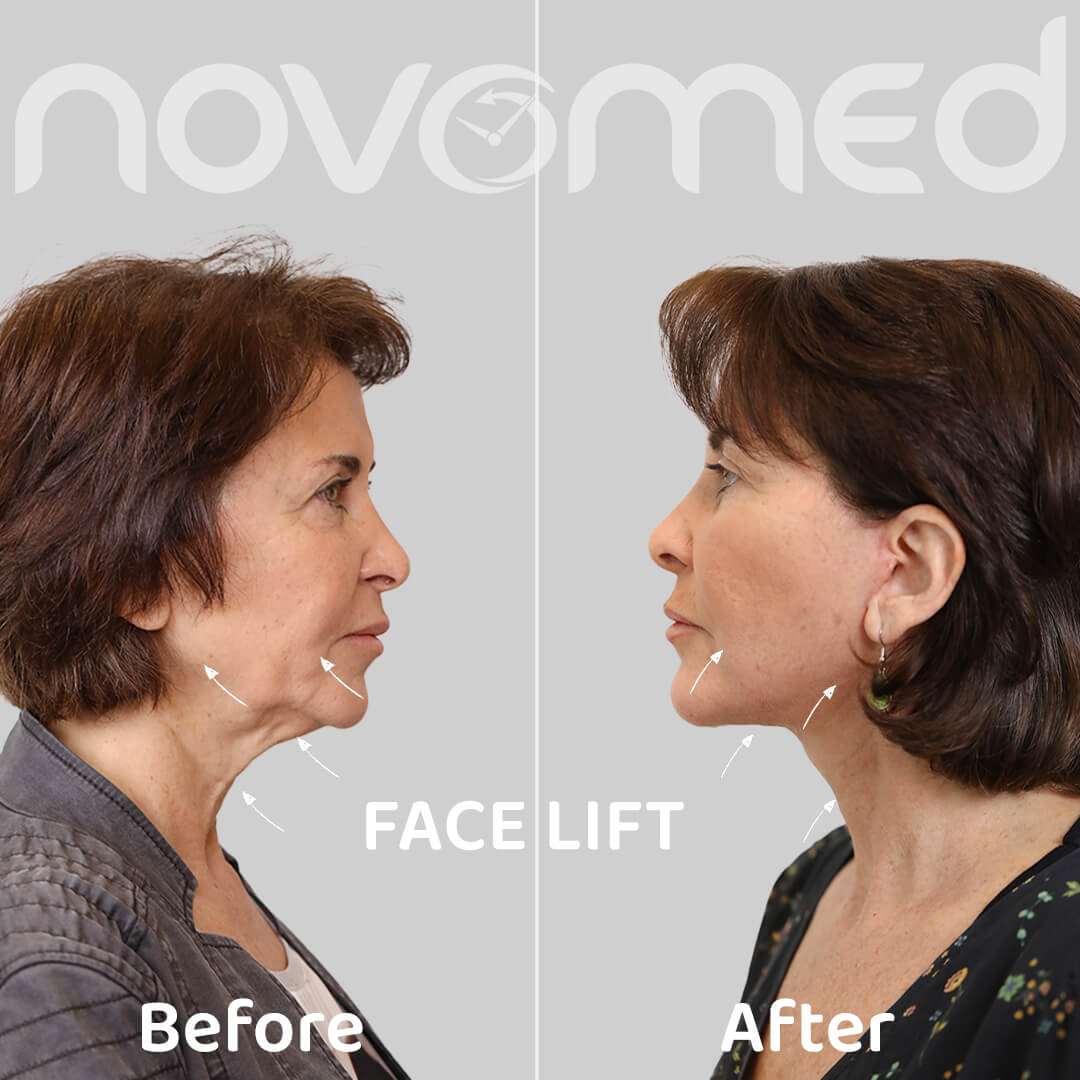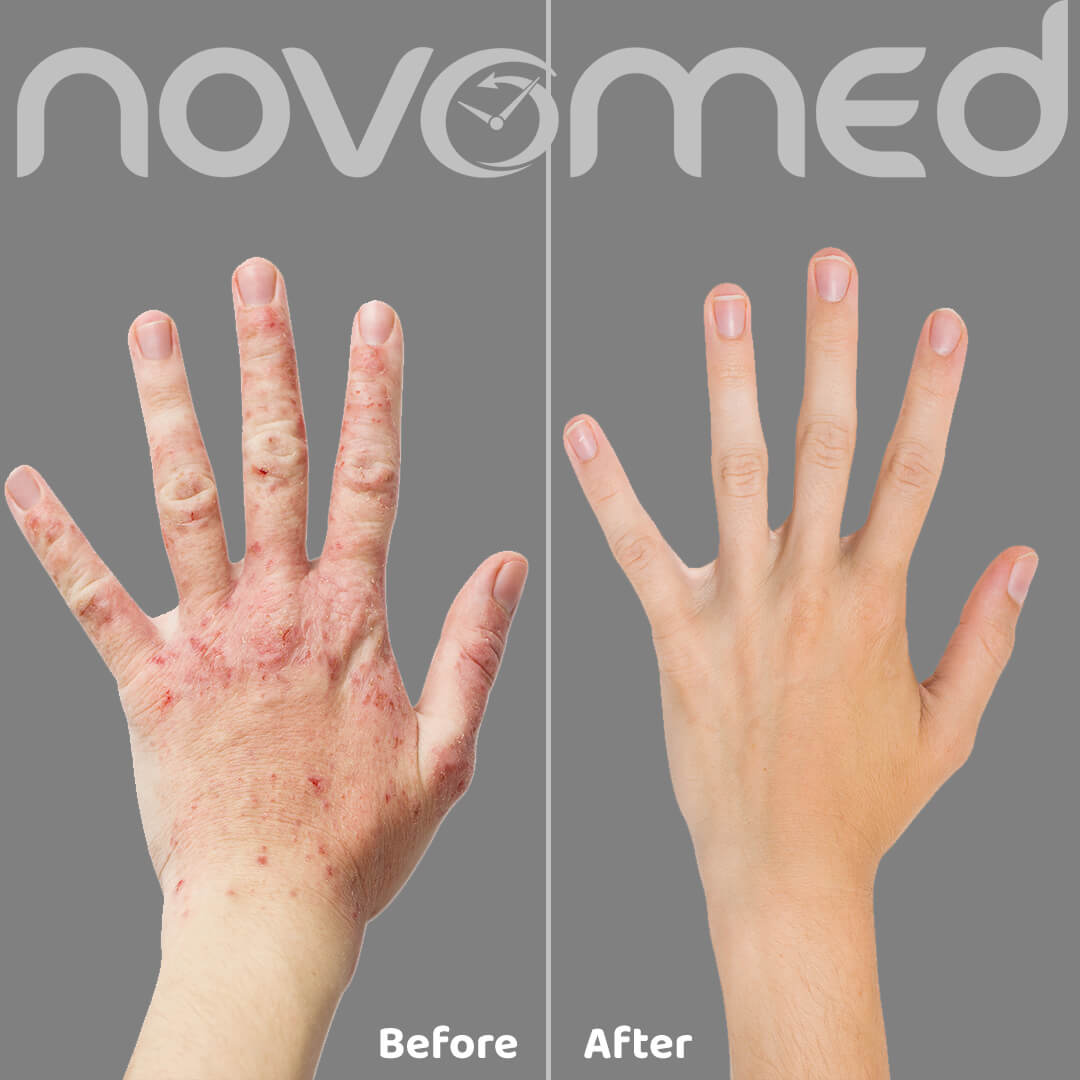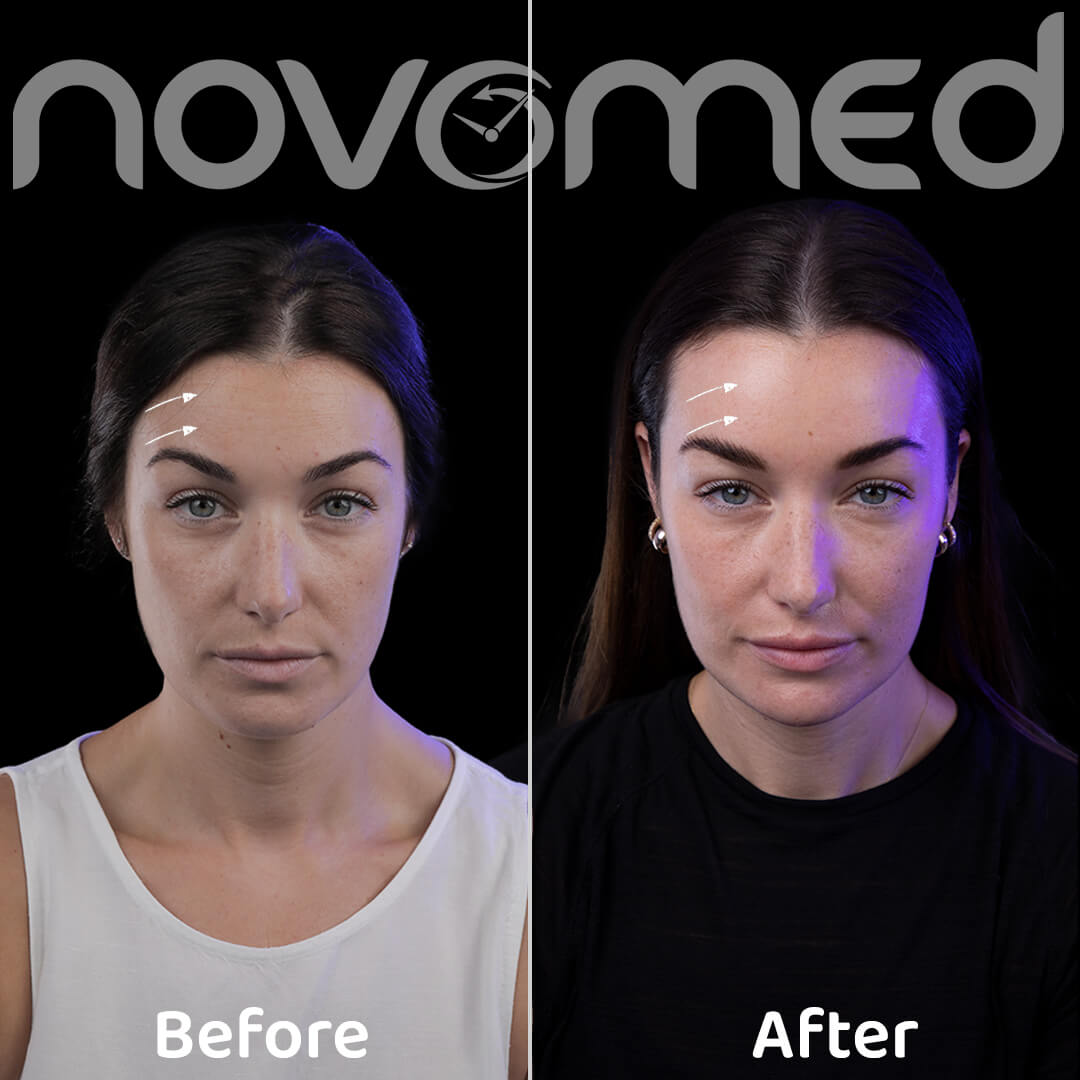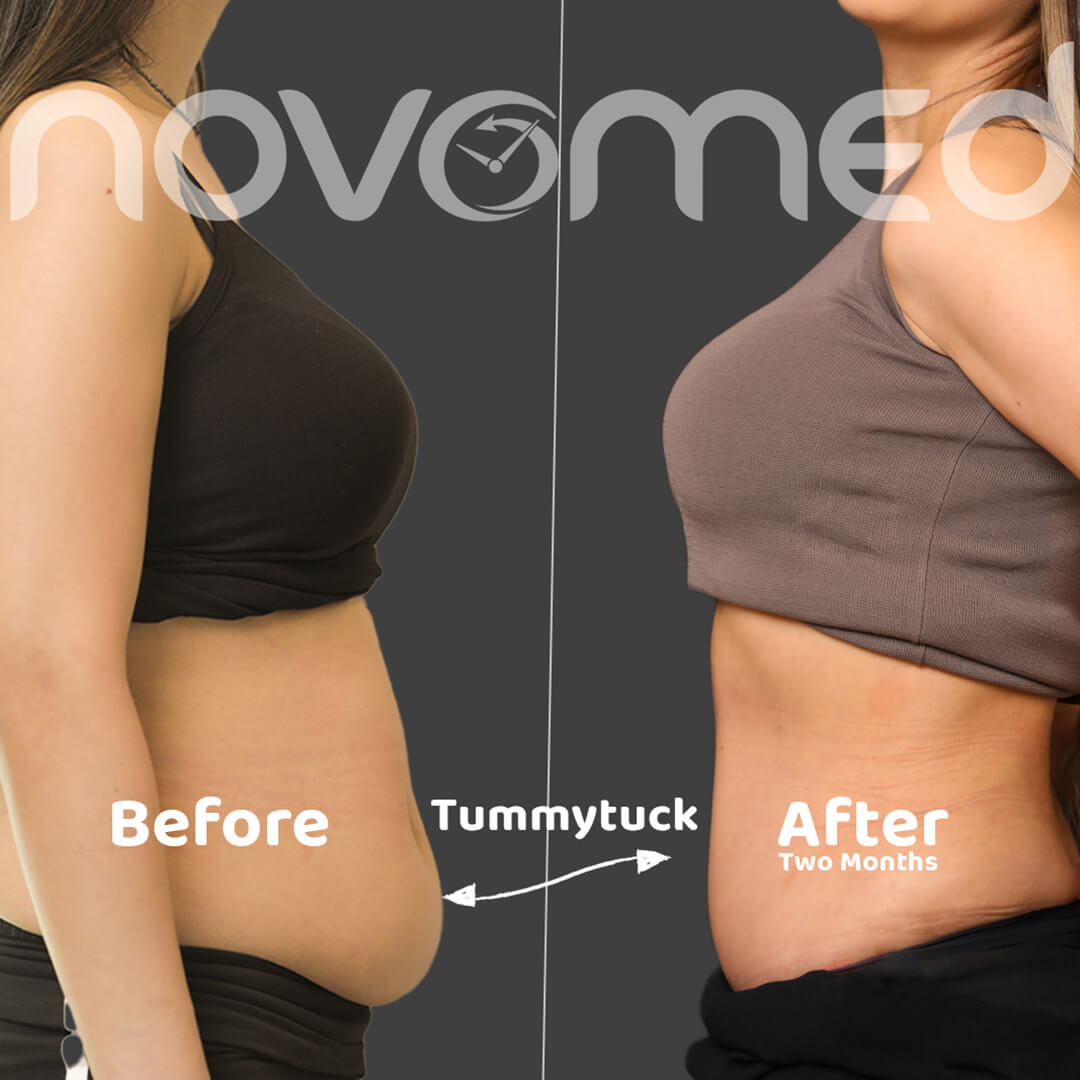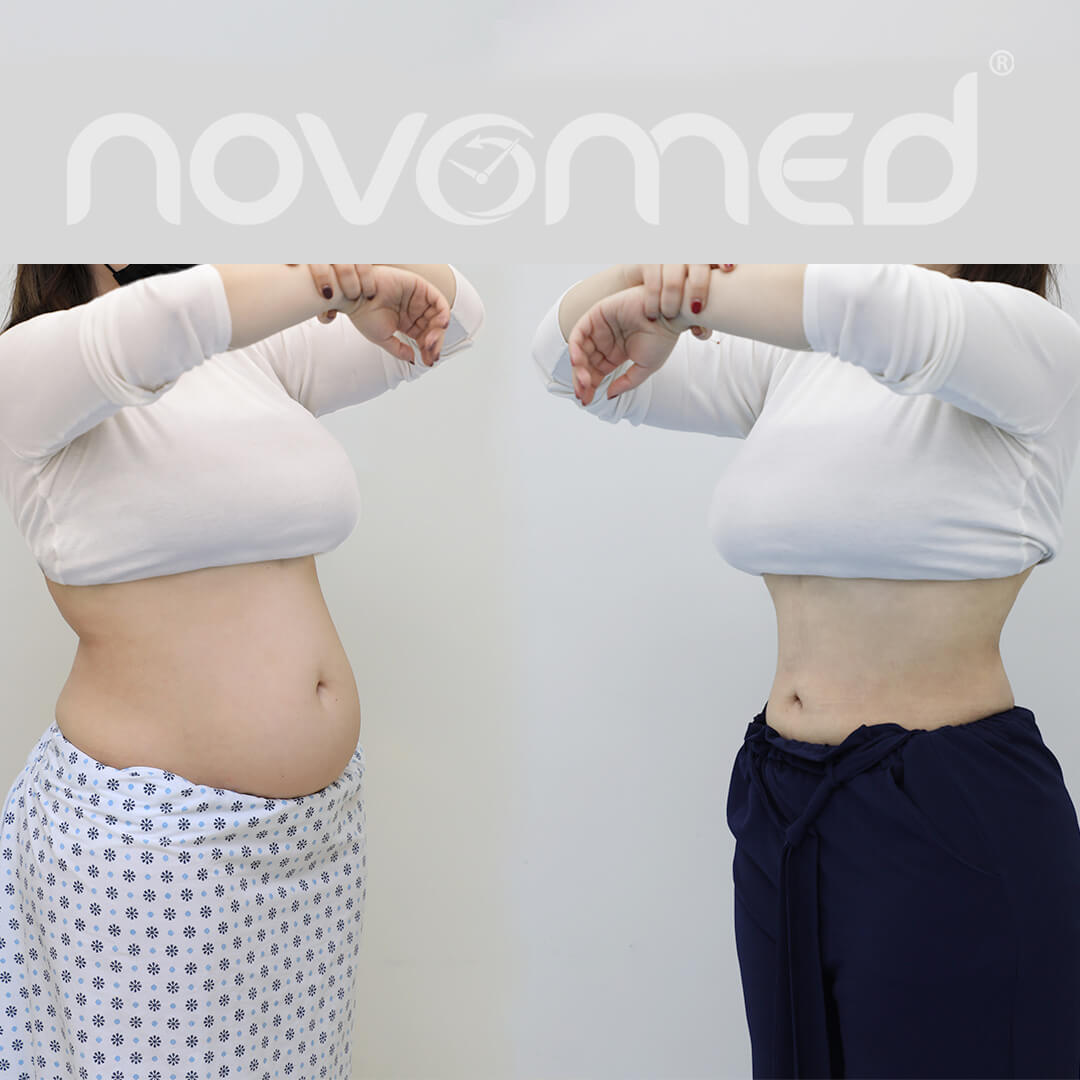Overview
Chronic obstructive pulmonary disease (COPD) is a chronic and progressive lung disease that makes breathing difficult; It occurs when the airways become narrowed or obstructed by mucus, phlegm, or other substances. The obstruction reduces airflow into and out of the lungs leading to shortness of breath, wheezing, coughing, chest tightness, and even panic attacks.
COPD is a major public health problem worldwide. It is the third leading cause of death overall, according to the Centers for Disease Control and Prevention (CDC), and is projected to rank fourth by 2030.
What are the causes of COPD?
COPD is caused by inflammation of the airways and lungs. This inflammation leads to scarring of the alveoli (the tiny sacs where oxygen enters the bloodstream) and narrowing of the smaller airways. As a result, patients experience breathing difficulties and frequent infections. COPD affects men more often than women, although it can occur at any age.
There are various causes of COPD including cigarette smoking, exposure to chemicals and gases, dust, fumes from industrial processes, chemical solvents, radiation, infections such as tuberculosis, pneumonia, influenza virus infection, asthma, and autoimmune diseases such as rheumatoid arthritis and systemic lupus erythematosus.
In addition, other environmental factors can contribute to the development of COPD. These include indoor pollution from cooking with solid fuels like wood and coal and outdoor pollution from motor vehicle emissions and tobacco smoke.
What are the symptoms of COPD?
The symptoms of COPD may vary greatly person-to-person. They can range from mild to severe. The most common symptoms of COPD include:
- Cough
- Shortness of breath
- Chest tightness
- Sputum production, which is a thick secretion containing mucous and pus-like material produced when the lining of the air passages becomes irritated and swollen—and wheezing.
Other symptoms may include increased use of medicines to control coughing, fatigue, weight loss, and low energy levels. People with COPD often have an increase in their risk of developing heart attacks and strokes.
How is COPD diagnosed?
During the consultation, our pulmonologist will review your medical history and perform physical examination, along with appropriate testing. A definitive diagnosis of COPD is based on spirometry, which measures how well your lungs move air in and out. During spirometry test, the doctor will measure the volume of air you exhale over a period of time, called forced expiratory volume. If you are diagnosed with COPD, further tests will be conducted to confirm its severity, determine if surgery is needed, and evaluate the effectiveness of treatment.
Tests may include:
- Chest x-ray—A special x-ray is taken of the inside of the chest to check for any abnormalities.
- Pulmonary function test—This includes measurements of vital capacity, forced expiratory flow rate, peak expiratory flow, carbon monoxide diffusion capacity, transfer factor, maximum mid expiratory flow, residual volume, total lung capacity, and inspiratory gas pressure.
- Bronchoscopy—During this procedure, a thin tube equipped with a light source and camera is inserted through the nose into the trachea. Bronchoscopy allows doctors to examine the inner surface of the airway directly.
- Arterial blood gas analysis—Blood samples are collected to analyze oxygen content, pH, bicarbonate concentration, and partial pressure of arterial carbon dioxide.
- Bronchoscopy—An endoscope is inserted into the tracheobronchial tree to examine the lower respiratory tract.
- Blood tests—To look for signs of inflammation.
How is COPD treated?
There are several treatments available to relieve symptoms and reduce the impact of the disease. Treatment depends on the stage of the disease and may require a combination of medication, breathing techniques, exercise programs, and lifestyle changes. Commonly used drugs for treating COPD include:
- Antibiotics—Useful for the treatment of infections that cause inflammation and contribute to lung damage. Antibiotics such as tetracycline, erythromycin, azithromycin, roxithromycin, clarithromycin, doxycycline, trimethoprim/sulfamethoxazole (Bactrim), and minocycline can help prevent and treat bacterial infections. These antibiotics work best if started early; however, most patients don’t realize they have an infection until it progresses.
- Beta2-agonists—These inhalers are used to open the airways so that more air can pass through them. They come in different strengths, including albuterol, levalbuterol, formoterol, terbutaline, bitolterol, fenoterol, metaproterenol, procaterol, and salmeterol.
- Oral mucoactive agents—These medications dry secretions within the lungs and keep them from plugging the small airways. Examples include glycopyrrolate, ipratropium, and nedocromil sodium.
- Corticosteroids—Corticosteroids are anti-inflammatory agents that decrease mucus production. When taken orally, corticosteroids are absorbed slowly and then gradually released over several hours. Intranasal steroids are absorbed quickly and last longer than oral steroids. Although long-term use of inhaled steroids reduces the risk of pneumonia and death from COPD, they increase the risk of osteoporosis and cataracts.
- Lung volume reduction surgery—This involves removing diseased portions of the lungs, which improves airflow. It is usually performed when other methods of treatment fail to control shortness of breath. Lung transplantation is reserved for those whose condition worsens despite medical therapy.
Summary
To sum up, chronic obstructive pulmonary diseases are progressive disorders characterized by irreversible narrowing of the airway lumen due to inflammatory processes. Symptoms include dyspnea, cough, sputum production, wheezing, chest tightness, fatigue, and weight loss. A variety of pathogenic mechanisms lead to the development of these conditions. It can be treated effectively using bronchodilators, inhaled and systemic Glucocorticosteroid, oxygen therapy, and antibiotics.
Book your appointment at Novomed today!
If you have a chest tightness or other COPD symptoms, book a consultation with our expert pulmonologist in Dubai to receive an accurate diagnosis and appropriate treatment for your condition.
To book an appointment, please call us toll free on 8006686, fill out the booking form or click the live chat icon at the bottom of the screen.






